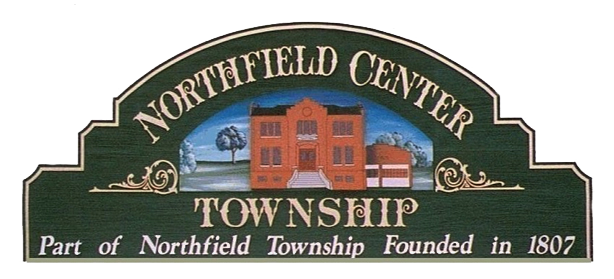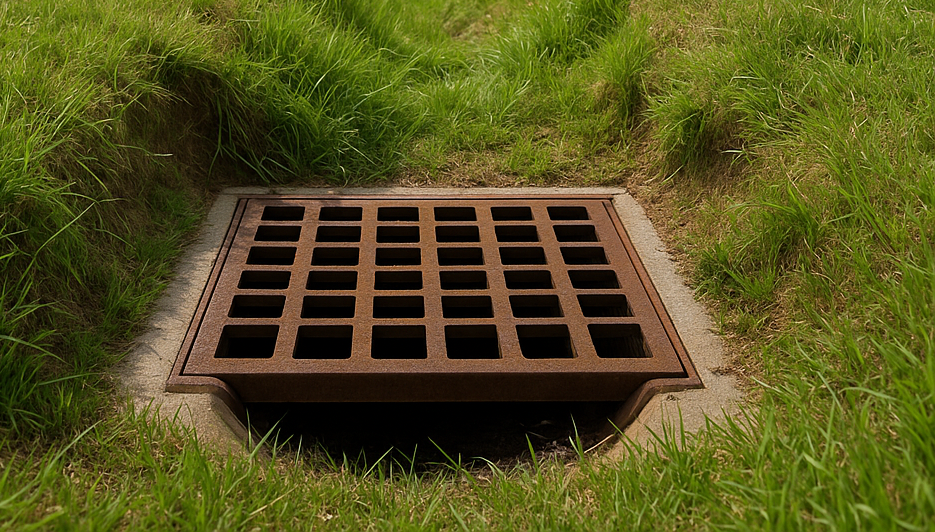Catch basins—also called storm drains—are designed to collect rainwater from roads, ditches, and other surfaces and direct it into the Township’s stormwater system. In many neighborhoods, they’re located at the end of roadside ditches, where runoff is funneled during and after rain.
When functioning properly, these systems reduce flooding, erosion, and property damage. But when blocked, they can’t do their job—and water backs up fast.
Our service department maintains over 500 catch basins in Northfield Center, but we rely on residents to help keep the flow moving between cleanings.
🚫 What Not to Do
We understand it can be tempting to “clean up” by blowing or tossing leaves and grass into roadside ditches or even into the catch basins themselves—but this actually causes more problems than it solves.
Please do not:
-
❌ Blow or dump grass clippings into roadside ditches or basins
-
❌ Rake leaves or sticks into ditches or basins
-
❌ Place yard waste, garbage bags, or debris into basins
-
❌ Use the basin as a place to dispose of pet waste
These materials don’t just clog drains—they can cause localized flooding, damage public roads, and even harm the environment by carrying pollutants into nearby waterways.
What You Can Do to Help Drainage During Rainy Seasons
Here are some simple steps to keep water flowing in our neighborhoods:
1. Check Your Sump Pump
If your home has a basement, make sure your sump pump is working and the discharge line is flowing away from the house and toward your roadside ditch—not just pooling near the foundation.
2. Keep Ditches Clear
If your property has a ditch, walk it after storms. Remove leaves, sticks, and any material that could slow water movement. Over time, even small obstructions can cause large backups – this includes overgrown grass and weeds. It’s important that ditches are maintained so water can flow through them and not back up due to overgrowth.
3. Direct Downspouts Away from the Home
Downspouts should extend at least 5–10 feet away from the foundation and into a graded area or clear drainage path—ideally toward a flowing ditch.
4. Don’t Let Debris Enter the Road or Curb Area
Even if you don’t have a visible ditch, grass clippings, mulch, and landscape debris can be swept into basins by wind and rain. Always bag your clippings or compost them away from roads.
5. Report Blockages to our Service Department
If you notice a blocked ditch or catch basin near your home, please contact the Service Department so we can investigate or schedule a cleanout if needed using our service request form.
Working Together
Drainage is a shared responsibility in a rural township. While the Township maintains the larger stormwater infrastructure, individual property owners play a vital role in keeping ditches and inlets functioning between cleanings.
By staying proactive and preventing debris buildup, you help avoid neighborhood flooding, protect roads and driveways, and save yourself from costly repairs.

